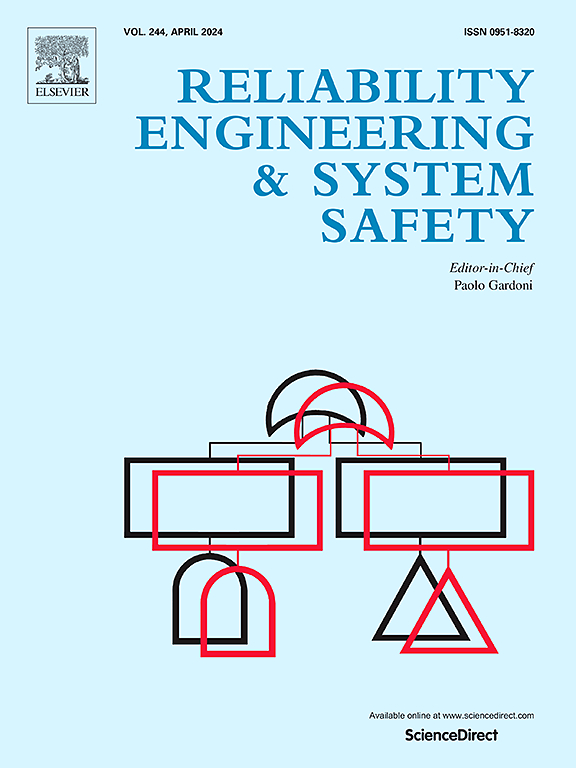A survey on few-shot learning for remaining useful life prediction
IF 9.4
1区 工程技术
Q1 ENGINEERING, INDUSTRIAL
引用次数: 0
Abstract
The prediction performance of most data-driven remaining useful life (RUL) prediction methods relies on sufficient training samples, which is challenging in few-shot scenarios such as time-consuming or expensive monitoring, and the lack of historical data for newer equipment. Therefore, utilizing few-shot learning (FSL) methods to accurately obtain mapping functions of equipment RUL from limited data has attracted the attention of many researchers. Despite this, a systematic review of this class of prediction methods is still lacking. To fill this gap, this review comprehensively examines numerous research findings on RUL prediction in few-shot scenarios, groups the existing FSL for RUL prediction methods into three categories based on different sources of prior knowledge, introduces the principles, and recent advances of each category in detail, and, in particular, highlights the impact and constraints of RUL prediction task characteristics on various FSL methods. Additionally, this review discusses the challenges faced by FSL-RUL prediction during development and application, and explores potential future opportunities from an informative and knowledge perspective.
求助全文
约1分钟内获得全文
求助全文
来源期刊

Reliability Engineering & System Safety
管理科学-工程:工业
CiteScore
15.20
自引率
39.50%
发文量
621
审稿时长
67 days
期刊介绍:
Elsevier publishes Reliability Engineering & System Safety in association with the European Safety and Reliability Association and the Safety Engineering and Risk Analysis Division. The international journal is devoted to developing and applying methods to enhance the safety and reliability of complex technological systems, like nuclear power plants, chemical plants, hazardous waste facilities, space systems, offshore and maritime systems, transportation systems, constructed infrastructure, and manufacturing plants. The journal normally publishes only articles that involve the analysis of substantive problems related to the reliability of complex systems or present techniques and/or theoretical results that have a discernable relationship to the solution of such problems. An important aim is to balance academic material and practical applications.
 求助内容:
求助内容: 应助结果提醒方式:
应助结果提醒方式:


